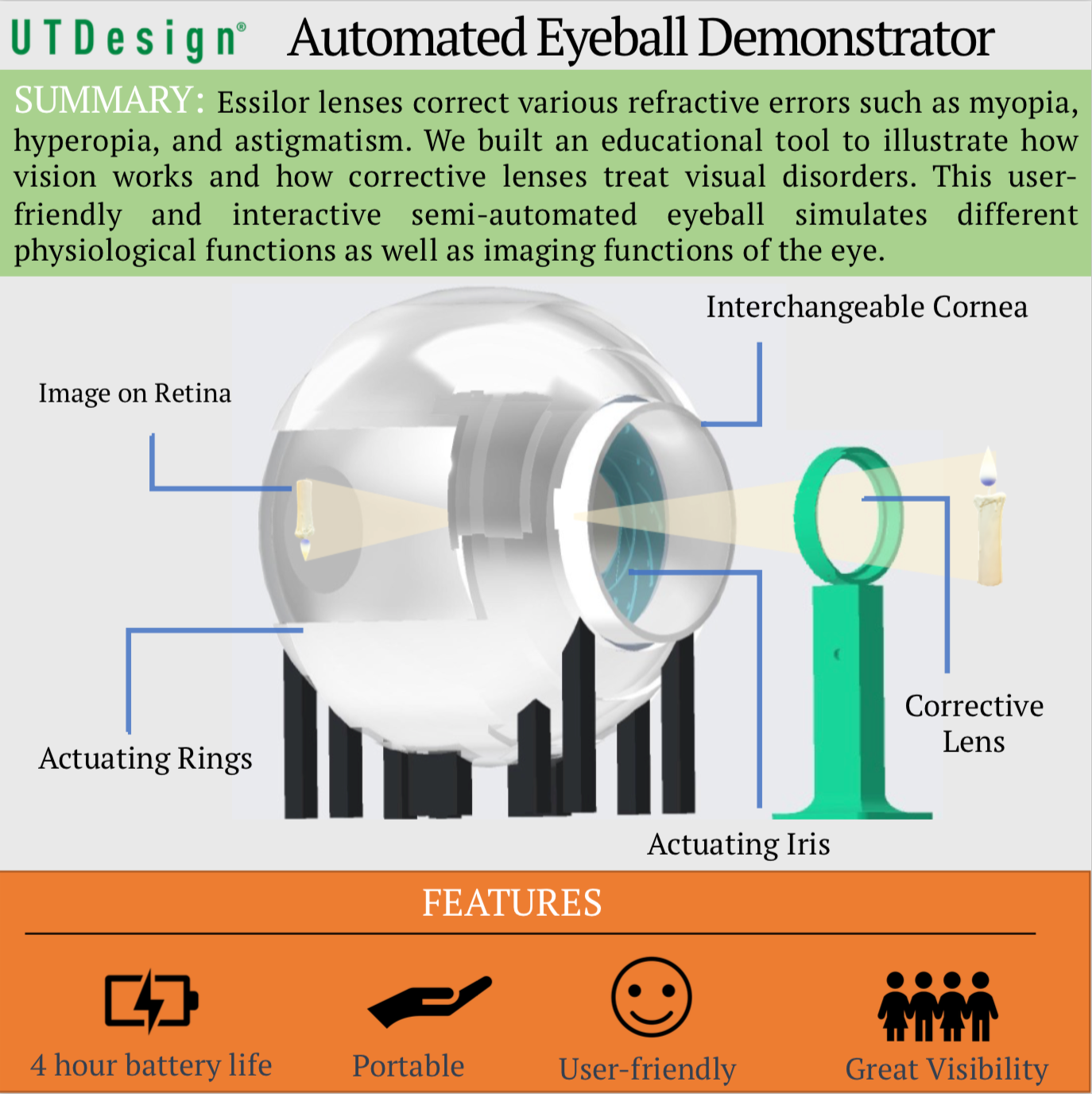- The Panasonic Lumix G 25mm lens is also useful for people on the go, as it weighs only 125 grams and doesn't add much weight to the bag. Best Micro Four Thirds Lens for Long-Distance Shooting. Zuiko Digital ED 40-150mm f/4-5.6 'R' Zoom Lens – $199.00 (Regular price), $99.00 (Instant rebate price).
- Continued support through education. We believe that all photography enthusiasts, regardless of their skill level or camera brand, should have the resources they need to hone their skills and truly enjoy their craft without obstacles.
- Johndabell Four Lenses, reflection, self-improvement, Stephen Brookfield What is Brookfield's lenses model of reflection? If teachers are more reflective then they are better placed to make reliable judgments about approaches to teaching practice, evaluation, curriculum planning, assessment and purposeful responses to learners' issues.
- And while there are a lot of different types of lenses appropriate for many different situations and needs, time and time again I find myself primarily relying on three lenses in my bag: a fast general purpose zoom (18-50mm), a macro lens and a telephoto zoom (70-200mm). These three lenses will give you enough versatility.
What are the Four Lenses?
You will be exploring this term and the four items that make up this approach throughout your course. A 'lens' is a way to frame or think about the world around us. An easy way to visualize this would be to think about it in terms of colors. If you have ever used yellow lensed glasses for driving at night (helps reduce glare), it colors the way we actually see and experience the world. Imagine the lens of a telescope -- or a microscope -- helping an expert to view and study the world more closely. Each lens has its own 'color' that enhances that focus on particular things about the world. The four lenses being explored in this course are not as literal. They can be used as a learned perspective or way of interpreting how we think and experience things.

In the discipline of the Liberal Arts, there are several areas of study that create this term. At SNHU, we use the following four arts as lenses, or ways of thinking:
Looking at the event through the lenses of four School of General Education disciplines of course! Below are five excerpts provided by Purdue Global faculty from their respective fields. A total eclipse is a rare event, one that can be seen in any given area is rarer still. With so much digital paraphilia around to record the event.

history
humanities
social sciences
natural sciences.
Watch the seven minute video below from the Online Writing Center, which does a great job explaining the lenses and prepares you to start thinking about different perspectives and ways of thinking.
Many photographers are attracted to the interchangeable lens feature of the DSLR. However, they don't want to deal with the camera's weight and bulk. Certain lens manufacturers seemed to consider this preference and came up with the micro four thirds lenses now seen in many Olympus and Panasonic cameras.


What are Micro Four Thirds Lenses?

In the discipline of the Liberal Arts, there are several areas of study that create this term. At SNHU, we use the following four arts as lenses, or ways of thinking:
Looking at the event through the lenses of four School of General Education disciplines of course! Below are five excerpts provided by Purdue Global faculty from their respective fields. A total eclipse is a rare event, one that can be seen in any given area is rarer still. With so much digital paraphilia around to record the event.
history
humanities
social sciences
natural sciences.
Watch the seven minute video below from the Online Writing Center, which does a great job explaining the lenses and prepares you to start thinking about different perspectives and ways of thinking.
Many photographers are attracted to the interchangeable lens feature of the DSLR. However, they don't want to deal with the camera's weight and bulk. Certain lens manufacturers seemed to consider this preference and came up with the micro four thirds lenses now seen in many Olympus and Panasonic cameras.
What are Micro Four Thirds Lenses?
Micro four thirds is a sensor/lens specification that provides a more compact option to photographers who want high-quality images. It's significantly thinner and smaller than the bigger sensor types but still keeps many of the DSLR camera's highly sought-after features like the ability to switch lenses.
4 Educational Lenses Chart
Although often interchanged, micro four thirds cameras are not the same as mirrorless cameras. For one, not all cameras have this feature. As of this writing, only Olympus and Panasonic have compact cameras with this element.
The micro four thirds lenses from each brand are interchangeable, so you can use one with the other.
What are the Best Micro Four Thirds Lenses?
Best All-Around Micro Four Thirds Lens
Easy-to-use and relatively affordable for its features, the Panasonic Lumix G 25mm f/1.7 ASPH is the perfect micro four thirds lens for beginners. It's a fast lens, so you can take sharper images under any lighting condition. This lens also allows you to use a narrow depth of field, so you can blur the foreground or background in your frame as you're setting the focal point of your image.
Because of its internal focus design, the lens focuses silently, quickly, and accurately. You don't have to fiddle with the controls to see which setting allows you to focus better.
4 Educational Lenses
The Panasonic Lumix G 25mm lens is also useful for people on the go, as it weighs only 125 grams and doesn't add much weight to the bag.
Best Micro Four Thirds Lens for Long-Distance Shooting
If you're into outdoor or sports photography and want something with an extra reach, the Olympus M.Zuiko 40-150mm is a great option. It takes decent-quality photos at a zoom equivalent of 80-30mm despite being small and light.
At its current price of $99.00 and its extended zoom range, this Olympus micro four thirds lens is a great budget-friendly supplement to the 12-42mm kit lens of most Olympus and Panasonic mirrorless cameras.
Best Micro Four Thirds Lens for Portrait Photography
4 Lenses Assessment Free
For portrait and street photographers, a dedicated portrait micro four thirds lens like the Olympus M. Zuiko Digital ED 45mm f/1.8 is ideal. It has a 90mm-equivalent field of view, which is the standard focal length for head-and-shoulder portraits.
A 90mm-equivalent lens or a 45mm lens on a micro four thirds camera allows you to compose your pictures so that your subject's head and shoulders fill the frame while blurring the background. This way, you'll be able to focus on the subject's eyes or whichever part of the face you'll want to set as a focal point.
Like the other lenses on this list, it's a fast prime lens that allows capturing sharp images on the go.
Best Micro Four Thirds Lens for Kit Upgrade
4 Education Lenses
If you like roughing it out in the wild and need a micro four thirds lens that can also tough it out with you, then this lens from Panasonic is for you. An upgrade from your default kit lens, the Panasonic Lumix G 12-35mm f/2.8 allows you to produce more detailed and better-quality images, even in low light. It's also weather-sealed, so it won't easily give in to damage.
This lens model also has a built-in image stabilization for sharp and noise-free images.
So if you need a bit of an upgrade from your kit lens, the Panasonic Lumix G 12-35mm f/2.8 ASPH won't disappoint.
For general, portrait, and wildlife photographers and those who are transitioning from hobbyist to pro, there's a micro four thirds lens that fits every need. All that's needed to do is to figure out the photographer's skill level and the photography type to focus on.

